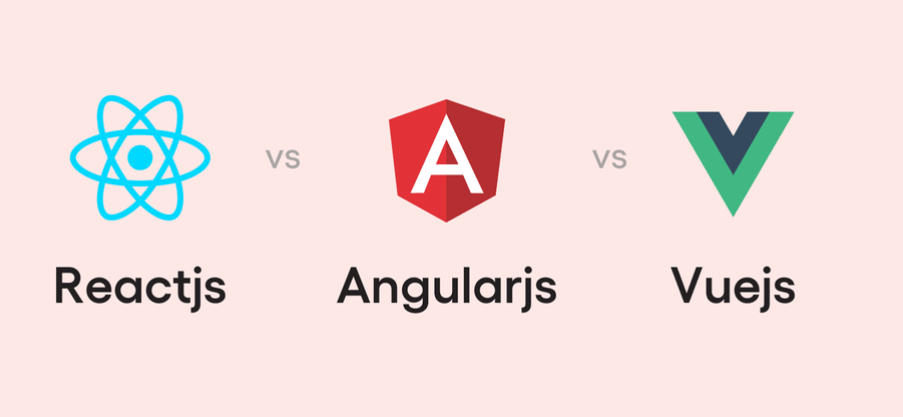Continuous deployment enables teams to automatically release the code to production. This is indicative of high DevOps maturity and rock-solid automation practices. Using continuous deployment, code is automatically deployed to the production environments.
This requires deep integration into how the software stack functions. All ongoing operations and customer requests are automatically taken care of, and the release process is hardly noticeable to the end user.
In later chapters, we will go through some hands-on examples around CI/CD processes and use native AWS services to see things in action.
Infrastructure as Code (IaC)
Managing AWS infrastructure components with code, using SDKs, APIs, and so on, makes it very convenient to reliably manage environments at scale. Unlike static provisioning methods used on-premises, these practices enable the creation of complete infrastructure stacks with the use of programmable workflows.
This also reduces the ownership silos across the development and operations teams. The developers are free to use familiar programming language constructs and have end-to-end control of the foundational infrastructural elements.
Effective communication and collaboration
Collaboration between team members is crucial for faster software delivery. It is advisable to have small teams that share a common goal. Amazon uses the concept of the Two-Pizza Team rule, which suggests creating a workgroup that is no larger than one that can be fed by two pizzas, so roughly an 8-to-10-member team.
Furthermore, this enables the team to not just deliver software but own it end to end. Operations, deployment, support, and feature development are all owned by the members of this team.
Now, since we have a good understanding of key DevOps methodologies, let’s dive into several AWS services that make this a reality in the cloud.
Key AWS DevOps services
AWS offers managed services that cater to each of these principles. Depending on the organization’s operating model, you can deploy these services in your AWS accounts and give autonomy to all team members to leverage the unlimited potential of the cloud.
Feature roadmaps of all these AWS services are strongly driven by customer feedback. This increases the likelihood of enterprise-grade usage patterns being supported out of the box. Imagine use cases such as automatic notifications and deployment triggers as soon as code is committed to a repository, for example. Let’s have a deeper look into the variety of offerings that simplify your DevOps adoption in each of the key areas.
CI
Git workflows are instrumental to the success of any software team. The way they commit code, the comments they use, and how they collaborate across feature requests say a lot about their engineering practices. High -performing teams also ensure quick automated feedback for every single commit that ends up in the central repository. AWS offers three key services to support such requirements.

